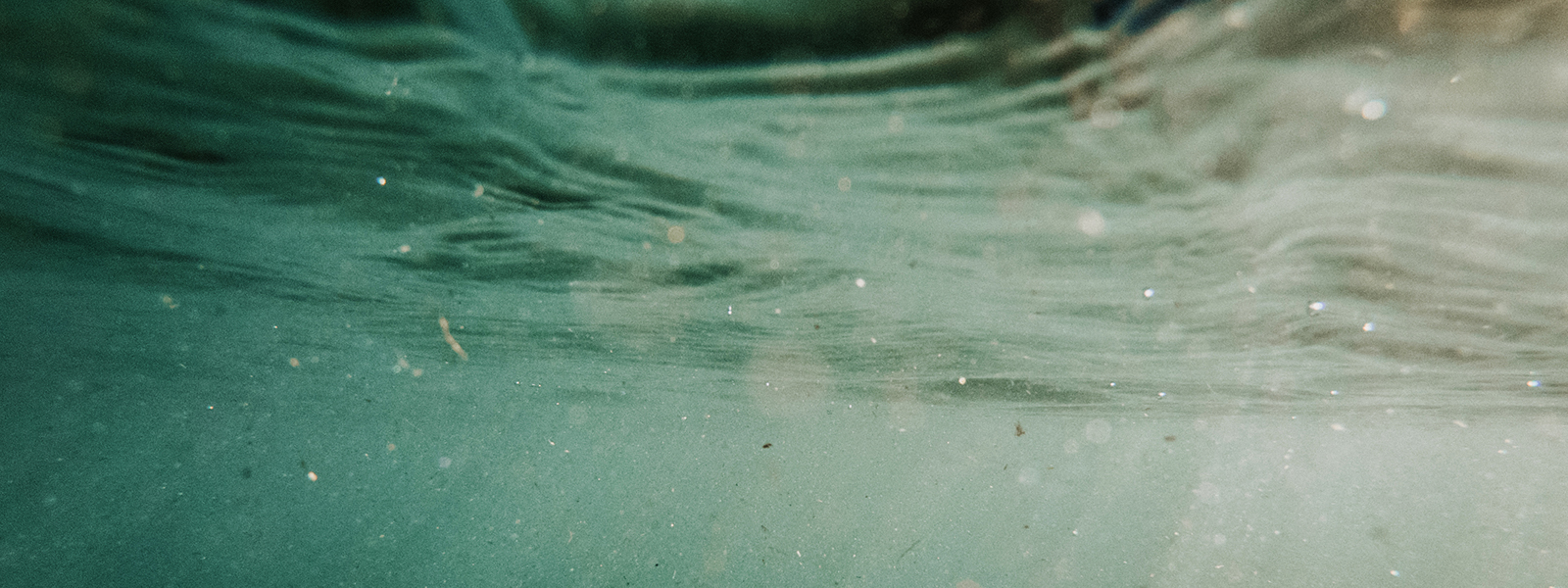We feel you. It can be super tricky to know if you're making environmentally-friendly shopping choices. But it’s time to be clear - choosing natural fibres over synthetics can make a huge and vital difference in protecting our waterways and oceans.
When you’re making a fashion purchase just remember - “sustainable” doesn’t cut it. It’s time to listen to science and be aware of greenwashing.
So what are the facts? We’re glad you asked.
What is microplastic pollution?
Microplastic particles, including microfibres from synthetic clothing and textiles, are now universal in aquatic and land-based ecosystems across the world. It is estimated that 0.6-1.7 million tons of microfibres are released into the ocean every year.
35%
of microplastics in the marine environment are fibres from synthetic clothing.
8%
of global oil production is used to make plastic items including synthetic garments.
44%
of people don’t realise that synthetic fibres in their clothes such as polyester, acrylic or nylon are actually plastic.
What causes microfiber pollution?

Choosing wool over synthetics fibres such as polyester and acrylic. Why? Because all wool biodegrades in marine environments so does not contribute to the microplastic problem.
How to eliminate plastic from your wardrobe
It’s time for you and your wardrobe to go on a diet. A plastic diet. Here are some simple steps to say goodbye to plastic in your closet.
Choose natural fibres
Choose natural fibres
Become a label turner and choose a natural fibre such as Merino wool which does not shed microplastics.
Wash and dry less
Wash and dry less
Don’t wash after every wear. Every time you wash a synthetic garment it sheds microplastics.
Wear your cloths for longer
Wear your cloths for longer
Wear your clothes again and again. By increasing the amount of wears from 109 to 400 times you can reduce the garments environmental impact by 60%, according to the world’s first textile fibre cradle-to-grave LCA study taken to a peer-reviewed publication.
Be a Label Turner
That little label on the inside of all your clothes has the power to help you make a difference to the microplastics problem. It’s as simple as simple as saying no to synthetics.
- There are LOTS of different laws in each country about fibre content labelling, but best practice is to show the percentage of each fibre and list them in descending order (highest to lowest).
- Plastic clothing is generally listed as: acrylic, polyester, polyamide, neoprene, nylon and orlon.
- Natural fibres include: cotton, wool, tencel, linen, bamboo, silk
Wool does not cause microplastic pollution
Ground-breaking new research has found that Merino wool does not contribute to the issue of microplastics in our oceans. The scientific study - titled Microfibre Pollution and the Marine Biodegradation of Wool - wool readily biodegrades in marine environments, while synthetic fibres do not. The study also found machine washable wool biodegrades at a faster rate than untreated wool fabrics.


